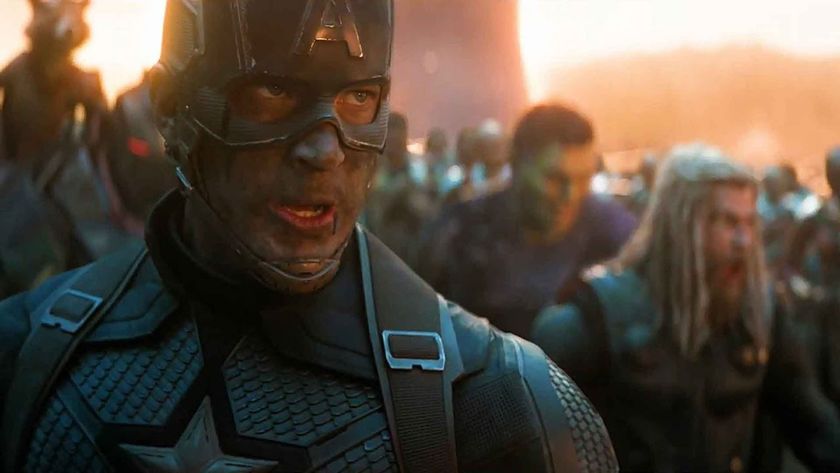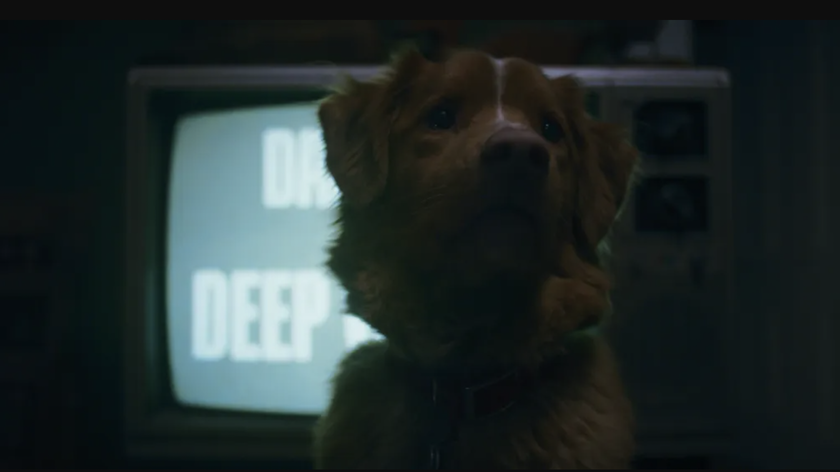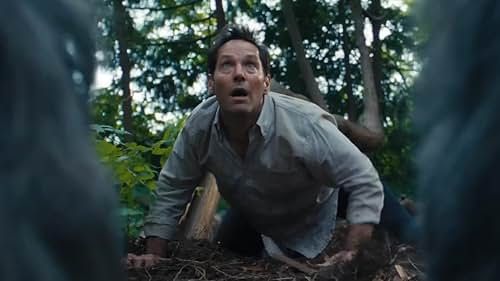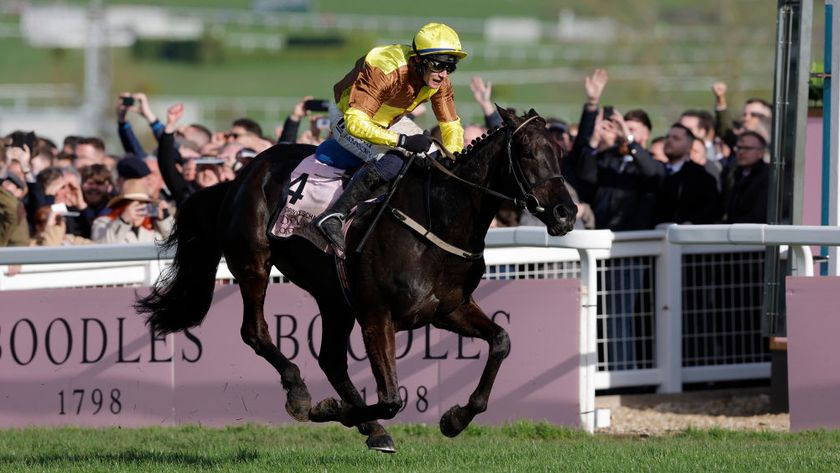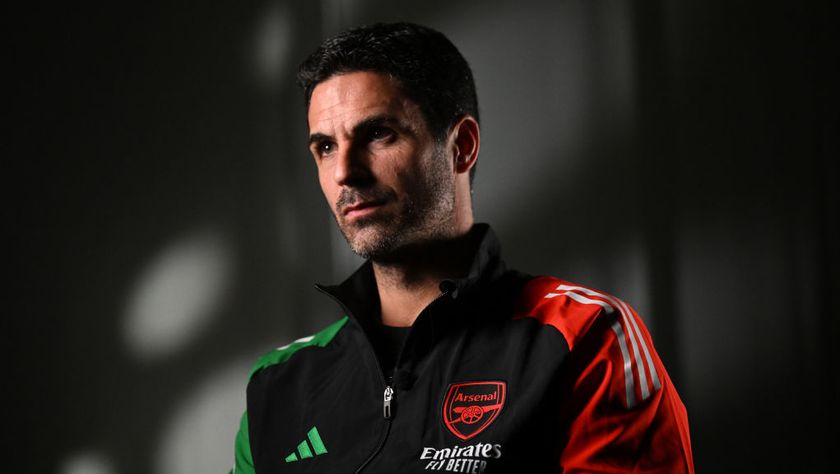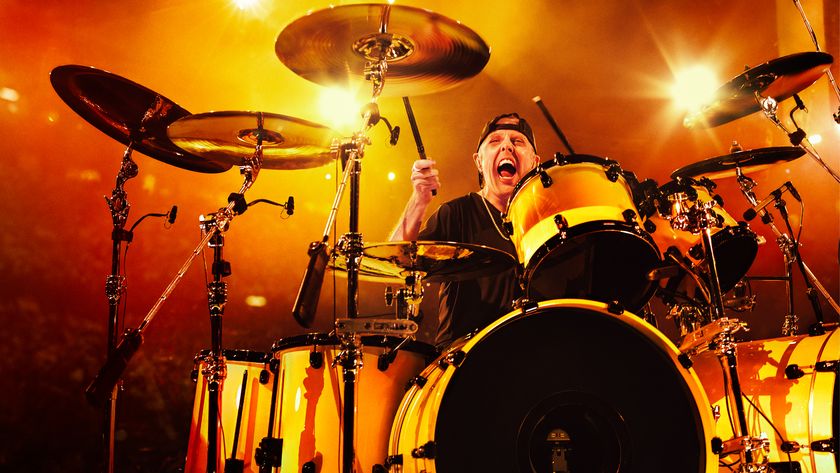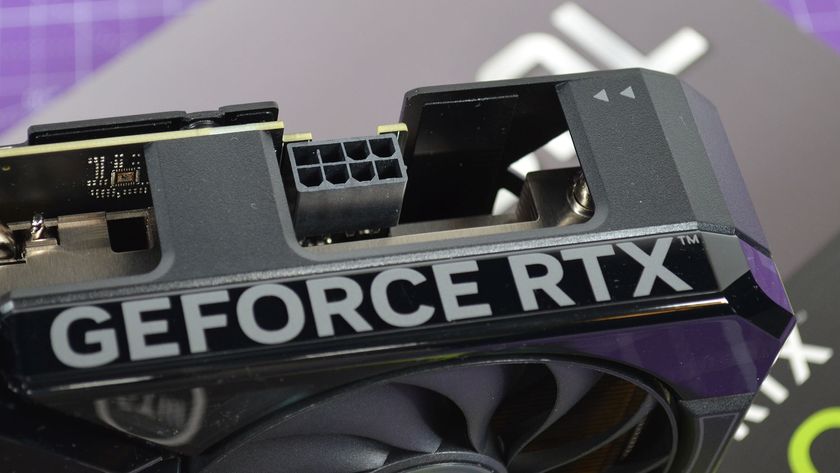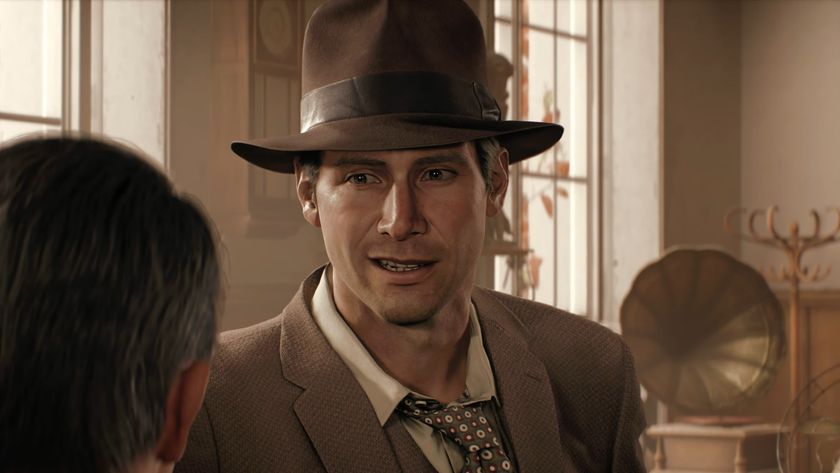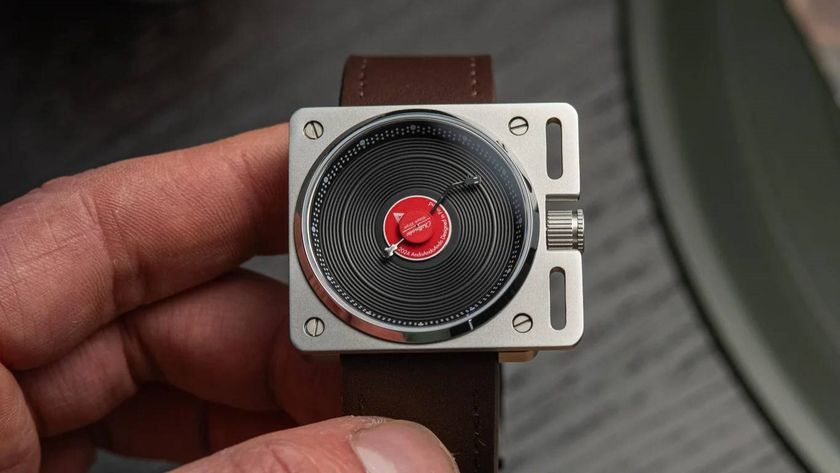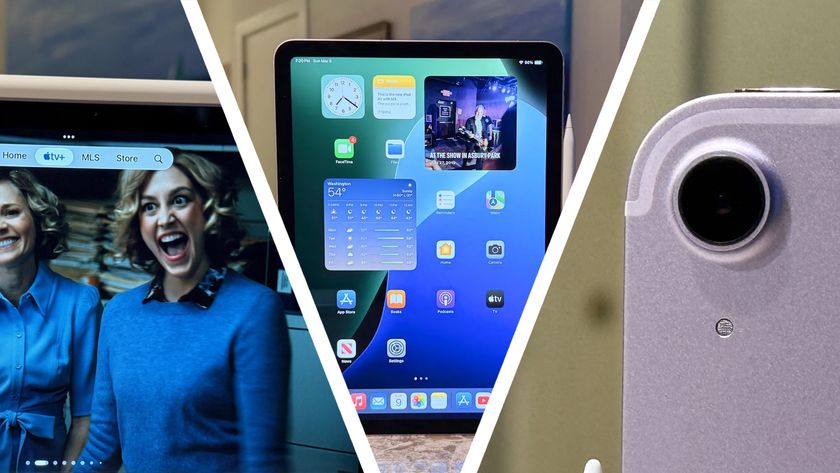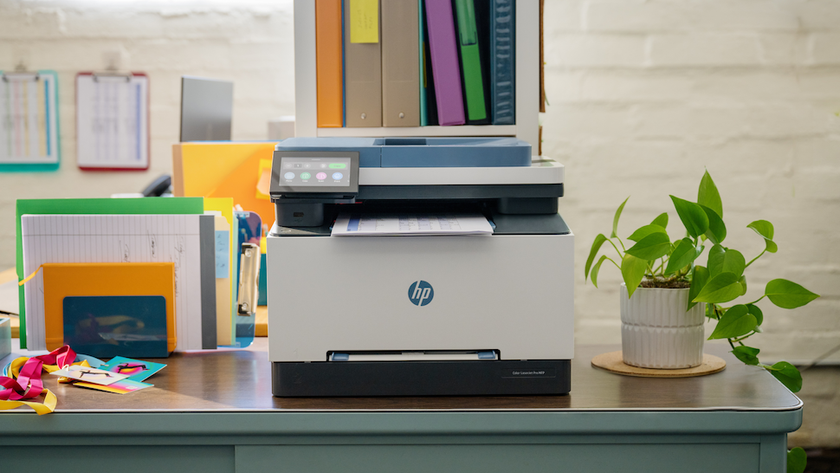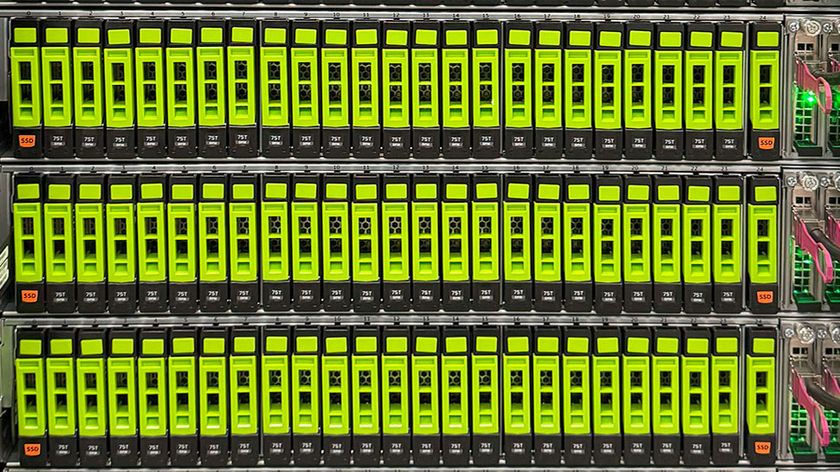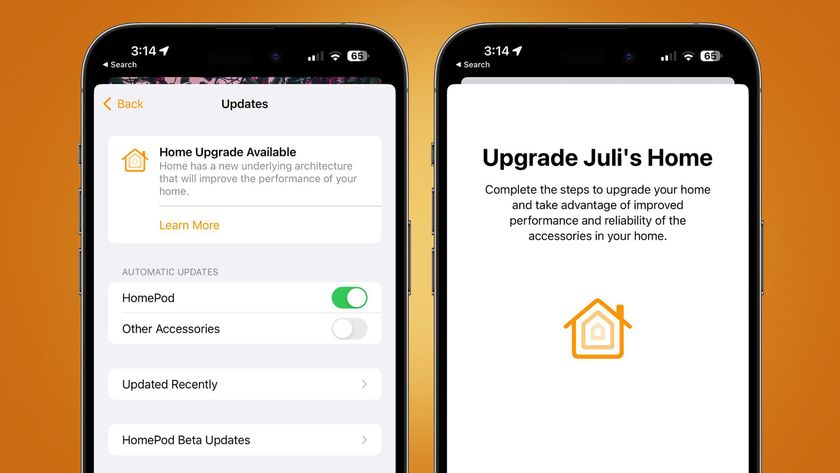Dolby just opened the most advanced cinema in the world
Highlighting the harmony between the light and the dark.
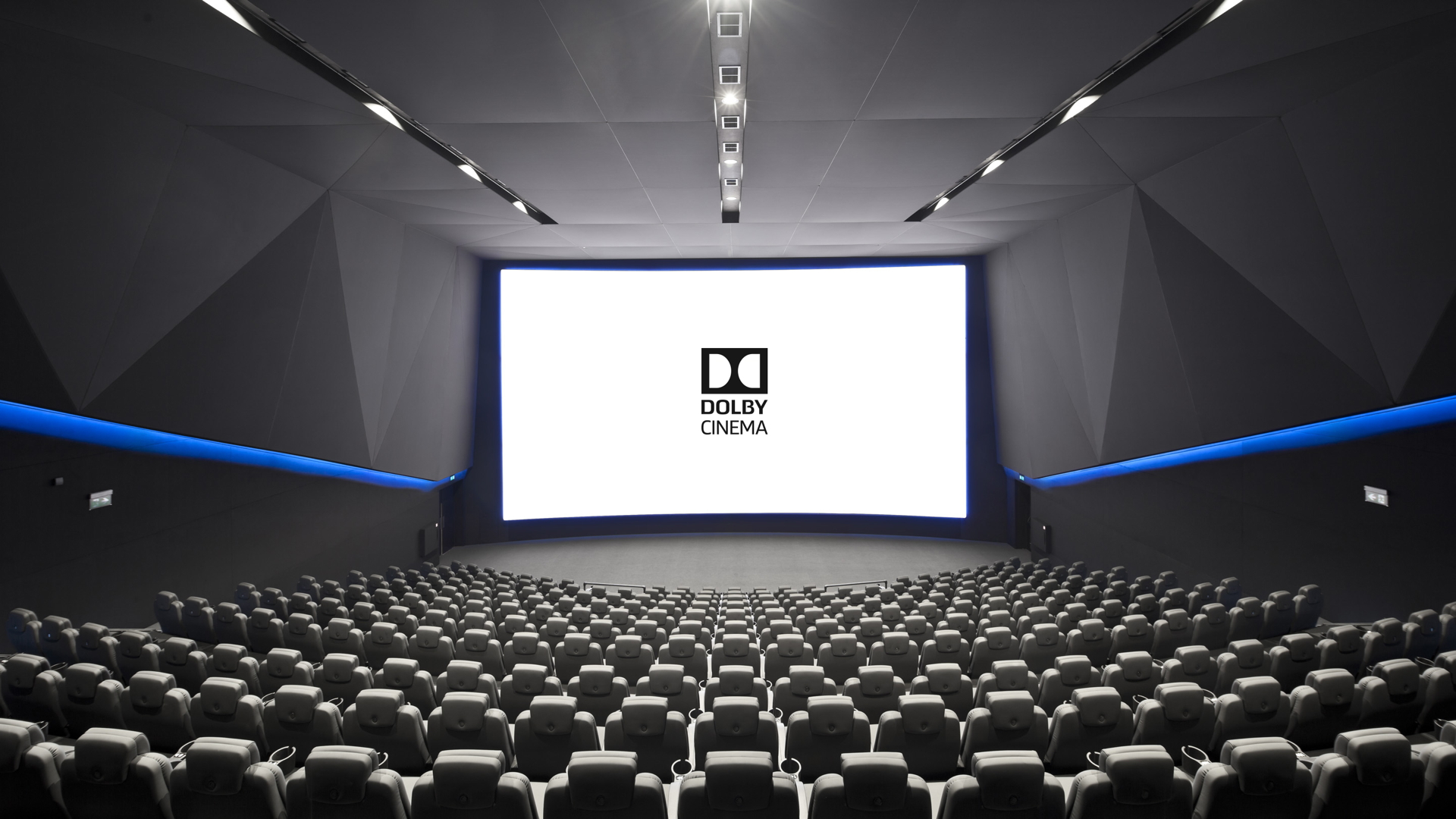
We've just checked out Dolby's newest high-tech cinema in Hilversum, Holland. It's only the second in Europe and the first to launch with the brand new twin Christie laser projectors necessary for Dolby Vision.
And the most impressive thing about it all was an empty screen.
That might sound utterly dismissive, but it's genuinely not. The Vision demo I was treated to was seriously one of the most impressive things I've seen on a technological level in a cinema. It's all about those advanced Dolby Vision projectors rocking the latest laser tech mixing wider colour gamut and high dynamic range (HDR).
These new projectors can create contrast levels far in excess of the current generation of digital projectors.
Where even the most advanced projectors are hitting contrast ratios of around 8000:1, and most standard ones around 2000:1, the Dolby Vision beamers are batting above 1,000,000:1. Count those zeros...
And that means real, deep, inky blacks.
"Contrast plays a huge key role in how we see images," explained Stuart Bowling, Dolby's Director of Content and Creative Relations. "The greater the contrast, the better-looking the image is. It's almost sharper, almost gives a sense of a higher resolution without necessarily being a higher resolution."
Get daily insight, inspiration and deals in your inbox
Sign up for breaking news, reviews, opinion, top tech deals, and more.
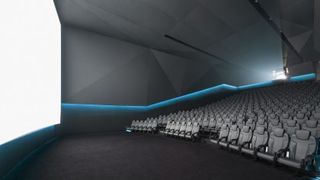
Starting the demo test pattern, the theatre was plunged into darkness with a solitary white dot on the screen. The edges were crisp with no blurred halation and the black was deep and complete.
Bowling stood up in front of the screen, casting no distinct shadow upon it. When the industry standard test pattern was shown his shadow played against an obviously gray background.
The feature presentation we later saw came with an opening flash showing a half-screen difference between standard and HDR blacks. Then an empty screen for a split second, plunging the entire theatre into complete darkness. Across the bottom of the screen a heartbeat later a single line stood out against the black, in perfect, crisp, white lettering: (And yes, the projector is still on).
It's a shame that flash isn't going to be in front of every single Dolby Vision feature - Pixar's little message explained the difference HDR can make in a far more obvious way than the hour's masterclass we had from Dolby itself.
That huge contrast ratio is possible because Dolby has doubled the light levels available from the industry standard 14 foot-lamberts (fL) to around 31fL with the Vision system.
"This allows [filmmakers] to deliver content with brighter highlights, we can make things more natural, more life-like. Things like reflections, halation of light, specular highlights, glint off a car, things that we see day-to-day," continues Bowling. "We can now deliver that high dynamic range with this projection system."
Advanced
The JT Dolby Cinema in Hilversum is only the second in Europe and one of only seven in the entire world. Dolby execs called it 'the most technologically advanced cinema theatre in the world right now.'
That's a bold claim, but with a screening of Pixar's latest blockbuster, Inside Out, I started to see, and hear, what they were talking about.
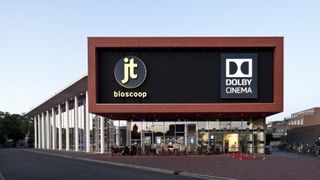
In fact Pixar specifically wanted the screening to be shown in 2D to allow for the full colour levels to be seen without the lower light levels even Dolby's own 3D tech has compared with the ultra-vibrant Vision tech.
As a Pixar flick, Inside Out is all about colour. So they're talking about this as the ultimate way to experience the studio's, and the director's vision.
And the colour vibrancy on-screen was stunning, marked out too by that huge contrast range as well.
Complimenting the visual tech, the Dolby Cinema theatre in the JT multiplex is running a full Dolby Atmos sound system too. There are a full 53 different speakers arrayed around the room, from floor to ceiling.
But as a full Dolby Cinema the whole room has been tuned specifically to work best with both the acoustics of the Atmos system as well as created to tone down any ambient light too.
The curved, wall-to-wall screen is matched by luxurious, curved stadium seating as well.
Luxury price-tag
All that luxury, high-end goodness comes at a price though.
Tickets to the Dolby Cinema are some 50% higher than the standard ticket price in the other screens in the Hilversum multiplex. When that's more than the price of a month of unlimited Netflix movie-viewing on your big screen TV at home it becomes an issue.
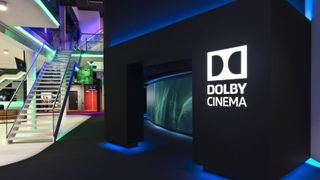
Both the cinema chain, JT, and Dolby then are going to have some work to do to convince a public already struggling with the high price of movie-going that it's worth it.
Dolby believes it's all about the experience, the luxurious seating. The Dolby-branded, projected entrance hall to the screen which is going to encourage punters to part with the extra cash.
"Going to see a movie is an experience," says Bowling. "There is an insatiable appetite for experiences. We want to pull you further into the movie and set you in the mindset of going on the journey these filmmakers want to take you on."
The signature entrance and curved walkway are all designed to make that transition from lobby to theatre, to give a different movie-going experience.
"All of these elements combined - the technology, the design, the seating, the sight-lines, etc. - help to deliver the best, premium experience possible. And that way you come in here, forget about what you're doing and just get lost in the movies that these filmmakers deliver."
For the dedicated filmbuff then it's maybe a worthwhile expense – like the sell of high resolution music to the audiophile it's becoming more about what the films' creators intended the viewing experience to be like.
More like the vision they carry around in their heads.
Investment
Unfortunately Hilversum is the closest that I, living in the UK, am going to get to a Dolby Cinema for a while. Dolby is regularly talking to companies about bringing the experience to more cinemas, to more countries, but at the moment it's all just negotiations.
There is, after all, a significant investment to creating a full Dolby cinema.
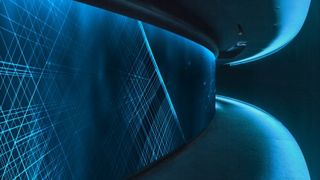
Dolby and JT Cinemas shared the cost for creating the Hilversum theatre and, as JT Cinema's Chief Development Officer, Gerrit Doorn, told us not every theatre is compatible with such a transformation.
"Not every cinema is fit for this," says Doorn. "You need a large city, you need a public that's open for it. One thing for certain though, it will not stay at two cinemas [in Europe]. Content is not a problem."
Even though there are currently only seven Dolby Cinemas in the world, five in the US via its deal with AMC, and now two in Holland with JT Cinemas, Dolby is seeing interest, at least from the filmmakers, being huge.
"At Dolby we're spending a lot of time with the major filmmakers," says Stuart Bowling. "Certainly, unanimously, every filmmaker we're working with is completely blown away and in love with what they can actually do now."
Convincing the filmmakers is one thing though - now the big push is going to be convincing both the exhibitors to take on the investment, spreading the Dolby Cinema experience around, and then convincing the public it's worth the money too.
For my part I think it's going to be as big a struggle as the audio companies are having with high-res music.
But, by the same token, as high-res music will become the de facto standard for audio, it's just as likely that HDR, wider colour gamuts and the 31fL laser projectors will form the future of our cinema-going experiences.
Dolby will just be hoping the world shares in its Vision.
